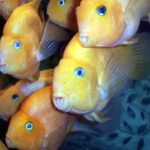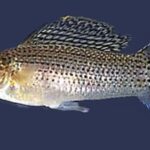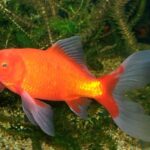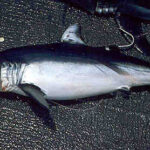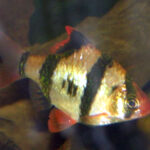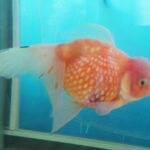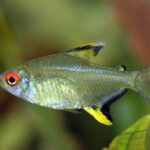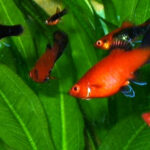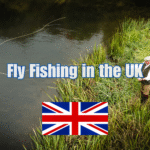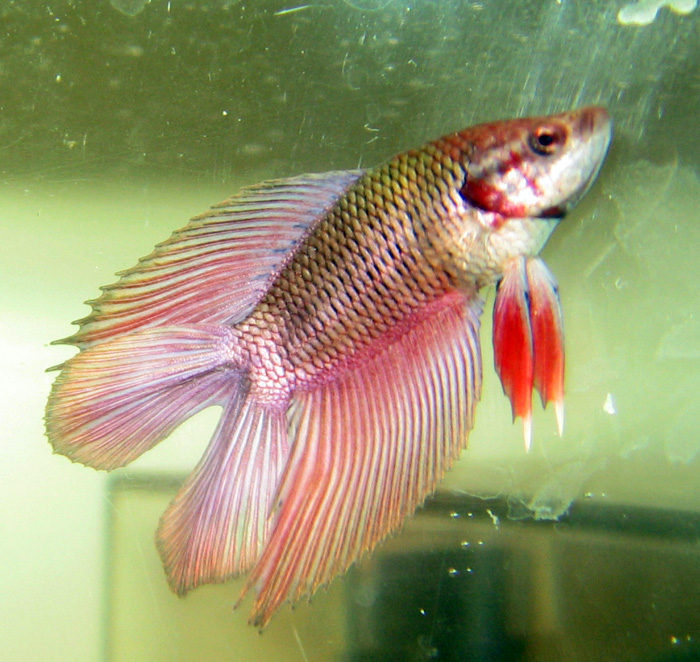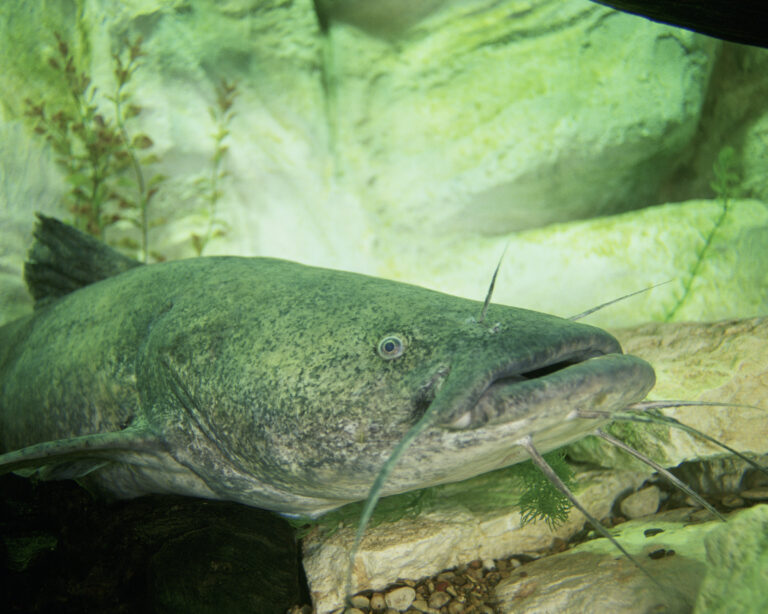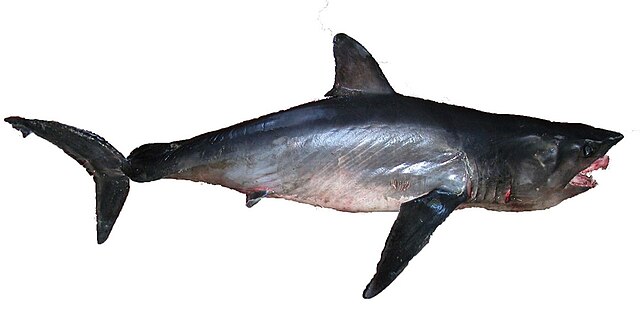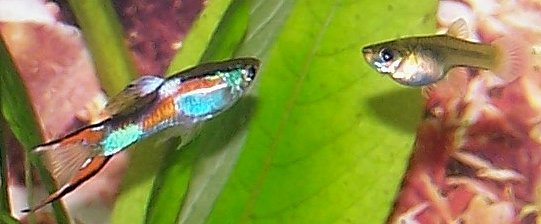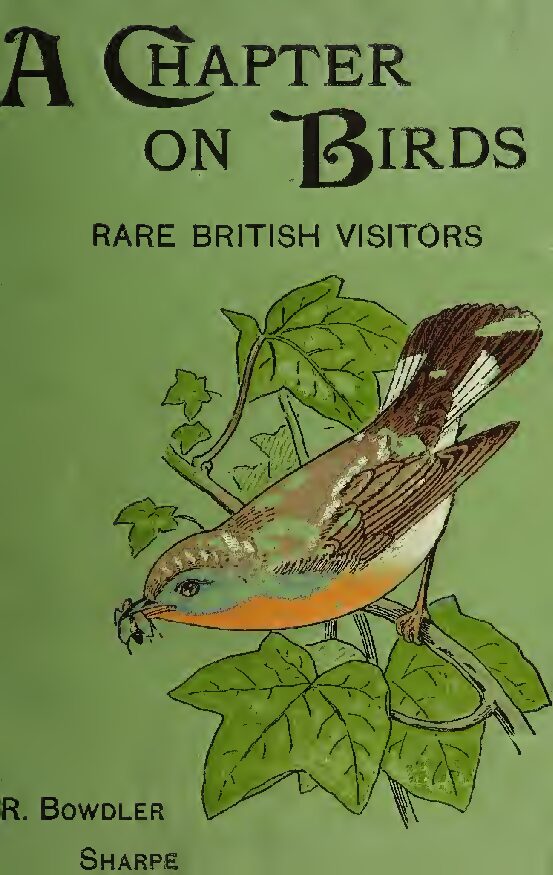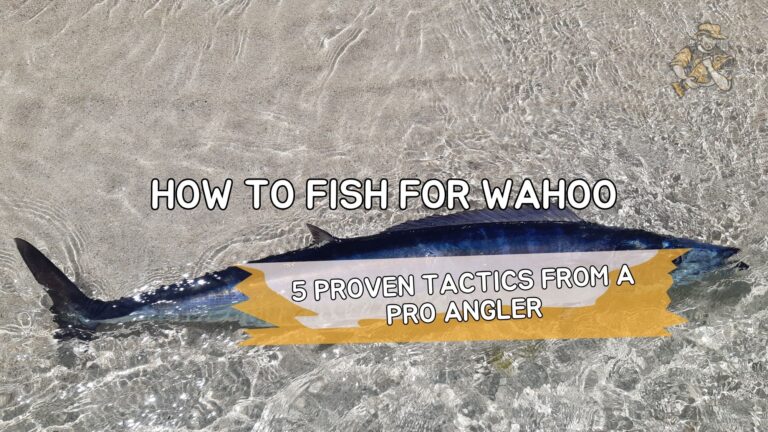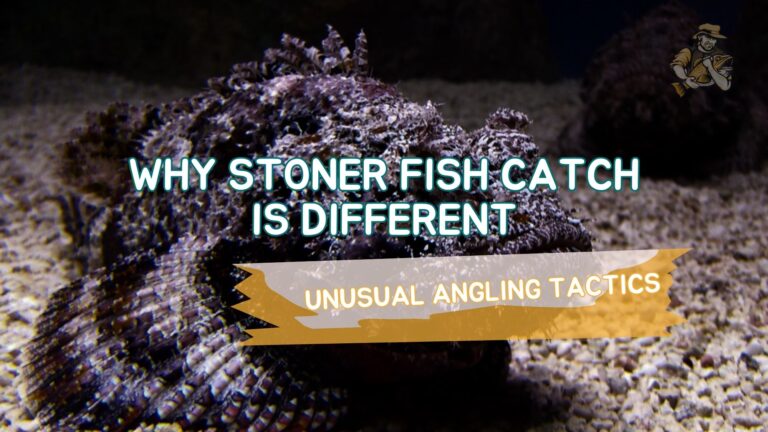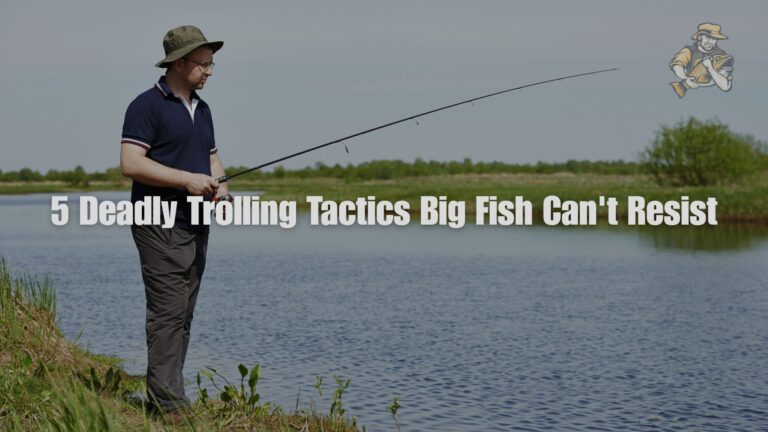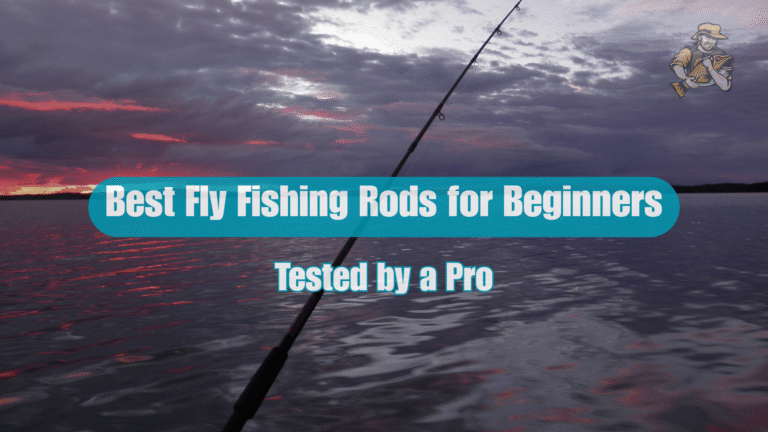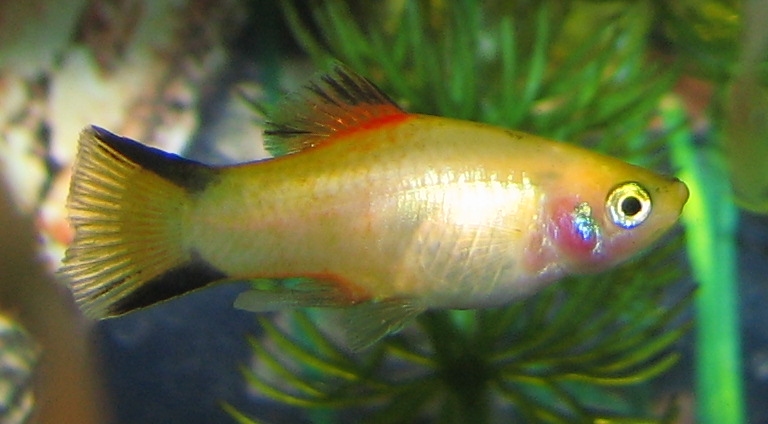Variable Platyfish
By Ryan Maron | Last Modified: June 11, 2025
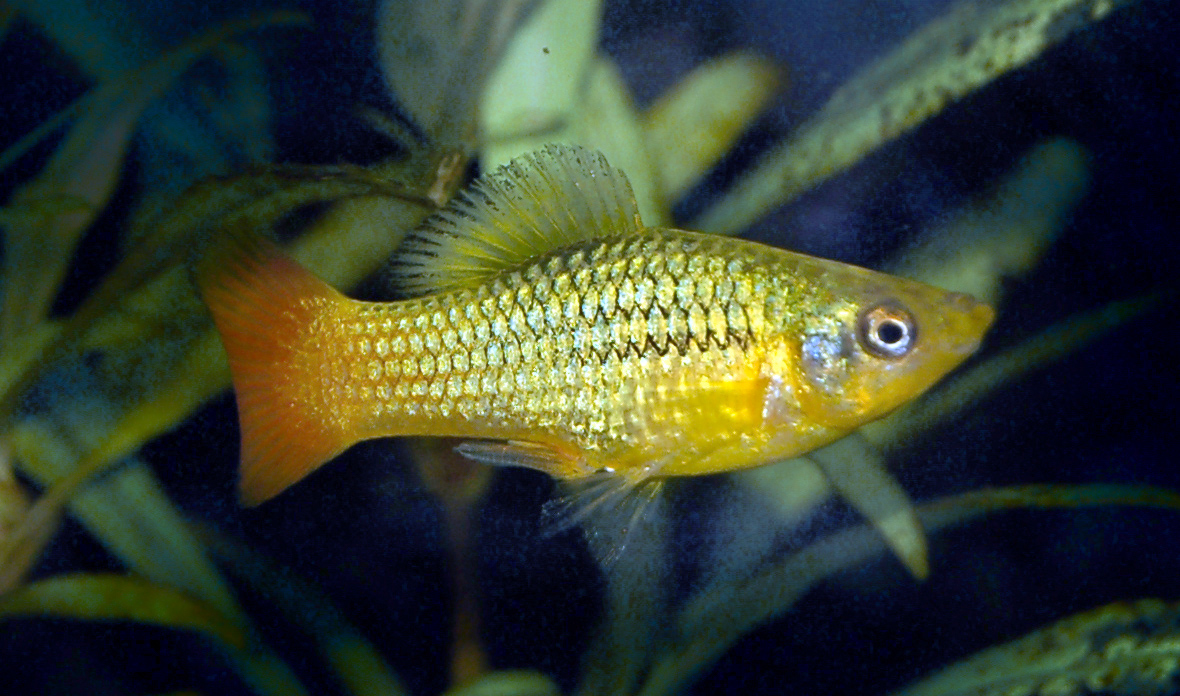
The Variable Platyfish (Xiphophorus variatus) stands as one of the most widely recognized and ecologically significant freshwater fish species in North America. This small, vibrant member of the family Poeciliidae has captured the attention of both aquarists and researchers due to its remarkable adaptability and genetic diversity. Native to the river systems of eastern Mexico and parts of Central America, the Variable Platyfish plays a crucial role in its natural ecosystem as both predator and prey, maintaining the delicate balance of freshwater food webs. Beyond its ecological importance, this species has become invaluable to scientific research, particularly in genetics and evolutionary biology, while simultaneously serving as one of the most popular aquarium fish worldwide.
| Feature | Details |
|---|---|
| Common Name | Variable Platyfish |
| Scientific Name | Xiphophorus variatus |
| Family | Poeciliidae |
| Typical Size | 5-7 cm (2-2.8 inches), 2-4 grams |
| Habitat | Freshwater streams and rivers |
| Diet | Omnivorous – algae, insects, small invertebrates |
| Distribution | Eastern Mexico, northern Central America |
| Conservation Status | Least Concern |
Taxonomy & Classification
The Variable Platyfish belongs to the genus Xiphophorus, which encompasses approximately 28 recognized species of livebearing fish native to freshwater systems of North and Central America. First scientifically described by Meek in 1904, Xiphophorus variatus derives its species name from the Latin “variatus,” meaning varied or diverse, reflecting the remarkable phenotypic variation observed within populations. The genus Xiphophorus falls under the family Poeciliidae, commonly known as livebearers, which includes other popular aquarium species such as guppies and mollies.
Within the broader taxonomic hierarchy, the Variable Platyfish is classified in the order Cyprinodontiformes, a diverse group of small freshwater and brackish water fish. The family Poeciliidae is distinguished by its ovoviviparous reproductive strategy, where females retain eggs internally until they hatch, giving birth to live young rather than laying eggs. This reproductive adaptation has proven highly successful in various freshwater environments.
Recent molecular phylogenetic studies have revealed complex evolutionary relationships within the Xiphophorus genus, with the Variable Platyfish showing close genetic affinity to the Southern Platyfish (Xiphophorus maculatus) and several swordtail species. These genetic analyses have contributed significantly to our understanding of speciation processes and hybrid zone dynamics in freshwater fish populations.
Physical Description
The Variable Platyfish exhibits remarkable sexual dimorphism and color variation, characteristics that have made it both scientifically fascinating and commercially valuable. Adult males typically reach lengths of 4-5.5 centimeters, while females grow larger at 5-7 centimeters. The body shape is laterally compressed and relatively deep, with a streamlined profile adapted for life in flowing waters.
Male Variable Platyfish display more vibrant coloration and possess a modified anal fin called a gonopodium, which serves as a reproductive organ. The gonopodium is elongated and pointed, formed by the fusion and modification of the third, fourth, and fifth anal fin rays. Females exhibit a broader, more rounded body profile, particularly when gravid, and retain the traditional fan-shaped anal fin structure.
The species name “variatus” aptly describes the extensive color variation found within populations. Wild-type individuals typically display a base coloration ranging from olive-green to yellowish-brown, often with distinctive black markings along the sides. The caudal peduncle frequently features vertical bars or spots, while the dorsal and caudal fins may show intricate patterns of yellow, orange, or red pigmentation.
Selective breeding in captivity has produced numerous color morphs, including the popular sunset platy with its orange-red coloration, the Mickey Mouse platy featuring distinctive black spots, and various solid-colored varieties. The genetic basis for this color variation involves multiple genes controlling melanophore distribution, carotenoid deposition, and iridophore development, making the Variable Platyfish an excellent model organism for pigmentation research.
Habitat & Distribution
The Variable Platyfish naturally inhabits the Atlantic slope river systems of eastern Mexico, with its range extending from the Río Pánuco system in the north to the Río Papaloapan in the south. The species also occurs in the río Grijalva system and has been documented in parts of Belize and northern Guatemala. These river systems are characterized by subtropical climate conditions with distinct wet and dry seasons that significantly influence water levels and habitat availability.
Within their native range, Variable Platyfish occupy diverse freshwater habitats including small streams, rivers, cenotes, and associated wetlands. They demonstrate a preference for areas with moderate water flow, abundant vegetation, and rocky or sandy substrates. Water temperatures in these habitats typically range from 18-28°C, with pH levels between 7.0-8.5, reflecting the limestone geology common throughout their range.
The species shows remarkable tolerance for varying water conditions, an adaptation that has contributed to its success both in nature and captivity. Variable Platyfish can survive in waters with dissolved oxygen levels as low as 3-4 mg/L and tolerate salinity levels up to 15 parts per thousand, though they perform optimally in freshwater conditions.
Vegetation plays a crucial role in Variable Platyfish habitat selection. Dense aquatic plant communities provide essential cover from predators, foraging opportunities, and spawning sites. Common plant species in their native habitats include various Vallisneria species, native pondweeds, and emergent vegetation along stream margins. The complex three-dimensional structure created by aquatic vegetation supports diverse invertebrate communities that serve as important food sources for both juvenile and adult platyfish.
Human activities have significantly impacted Variable Platyfish habitats throughout their range. Agricultural runoff, urban development, and water extraction have altered water quality and flow patterns in many river systems. Despite these pressures, the species has shown resilience and adaptability, though some local populations have experienced declines or extirpation.
Diet & Feeding Behavior
The Variable Platyfish exhibits omnivorous feeding behavior, demonstrating considerable flexibility in diet composition based on seasonal availability and habitat conditions. This dietary adaptability has been crucial to their ecological success and widespread distribution throughout their native range. Their feeding strategy combines active foraging with opportunistic consumption, allowing them to exploit diverse food resources efficiently.
Aquatic invertebrates constitute a significant portion of the Variable Platyfish diet, particularly during the wet season when insect reproduction peaks. Chironomid larvae, small crustaceans, oligochaetes, and various dipteran larvae provide essential protein and lipids necessary for growth and reproduction. Adult insects that fall onto the water surface are readily consumed, with mayflies, caddisflies, and small terrestrial insects forming important dietary components.
Plant material represents another crucial dietary element, with algae consumption being particularly important for younger individuals. Variable Platyfish actively graze on periphyton growing on submerged surfaces, scraping algae from rocks, plant leaves, and woody debris using their small, rasping teeth. This herbivorous behavior contributes to nutrient cycling within aquatic ecosystems and helps control algal growth in their habitats.
Feeding behavior varies significantly throughout the day, with peak activity occurring during dawn and dusk periods. This crepuscular feeding pattern reduces predation pressure while maximizing foraging efficiency during times when many prey species are most active. During daylight hours, Variable Platyfish often seek shelter among vegetation, emerging periodically for brief feeding excursions.
The species displays remarkable feeding adaptability in response to environmental changes. During dry seasons when aquatic invertebrate abundance decreases, they increase consumption of plant material and detritus. This dietary flexibility allows populations to persist through challenging environmental conditions and exploit resources as they become available. Such adaptability has made them excellent subjects for ecological research on trophic plasticity in freshwater systems.
Behavior & Adaptations
Variable Platyfish exhibit complex social behaviors that reflect their adaptation to life in dynamic freshwater environments. These behaviors encompass territorial displays, schooling tendencies, predator avoidance strategies, and reproductive interactions that collectively contribute to their survival and reproductive success. Understanding these behavioral patterns provides insights into their ecological role and evolutionary adaptations.
Schooling behavior represents one of the most notable behavioral adaptations in Variable Platyfish populations. Groups typically consist of 15-30 individuals, though larger aggregations may form in areas with abundant food resources or during periods of environmental stress. The schooling structure shows clear size-based segregation, with juveniles forming tight groups separate from adults. This behavioral organization reduces predation pressure through the dilution effect while facilitating information transfer about food sources and environmental threats.
Territorial behavior becomes pronounced during breeding seasons, particularly among dominant males. Males establish small territories around favorable spawning sites, typically areas with dense vegetation or structural complexity. These territories are defended through displays involving fin extension, lateral body presentations, and brief chasing behaviors. The intensity of territorial defense correlates with habitat quality and female density, with prime locations generating more intense competition.
The species demonstrates sophisticated predator avoidance behaviors developed through evolutionary pressure from numerous aquatic predators. When threatened, Variable Platyfish employ rapid burst swimming to reach cover, often diving into dense vegetation or seeking refuge among rocks and debris. They also exhibit predator-specific responses, with different escape strategies deployed against aerial predators versus aquatic threats.
Similar behavioral complexity can be observed in Betta fish territorial displays, though the intensity and duration differ significantly between species. Stress-induced color changes serve as both camouflage and communication signals, with individuals rapidly darkening when threatened or lightening during courtship displays.
Foraging behavior involves both individual and group strategies. Solitary foraging occurs primarily during dawn and dusk periods when individuals spread throughout their habitat to exploit scattered food resources. Group foraging becomes more common when large food sources are discovered, such as insect hatches or concentrated algal blooms. This behavioral flexibility maximizes feeding efficiency while maintaining social cohesion within populations.
Reproduction & Life Cycle
The reproductive biology of the Variable Platyfish exemplifies the evolutionary advantages of viviparity in freshwater environments. As members of the family Poeciliidae, they employ ovoviviparous reproduction, where females retain fertilized eggs internally until hatching, subsequently giving birth to fully developed, free-swimming juveniles. This reproductive strategy provides significant advantages over egg-laying species in dynamic aquatic environments.
Sexual maturity is achieved relatively early, with males reaching reproductive capability at approximately 8-10 weeks of age and females maturing slightly later at 10-12 weeks. This rapid maturation allows populations to respond quickly to favorable environmental conditions and recover from population bottlenecks. The onset of sexual maturity correlates strongly with size rather than age, with environmental factors such as temperature, food availability, and population density influencing developmental rates.
Mating behavior involves complex courtship rituals initiated by males during peak reproductive periods. Males approach females with distinctive swimming patterns, including rapid oscillations and lateral displays designed to showcase their coloration and fitness. The gonopodium, a modified anal fin, facilitates internal fertilization through brief contact with the female. Successful copulation may occur multiple times, with females capable of storing sperm for extended periods, allowing for multiple broods from a single mating event.
Gestation periods typically range from 24-35 days, depending on water temperature and female condition. Higher temperatures accelerate development, while cooler conditions extend gestation. During pregnancy, females develop a distinctive gravid spot near the anal fin as embryos develop internally. Brood sizes vary considerably, ranging from 10-80 fry per female, with larger, more mature females generally producing larger broods.
Parturition occurs over several hours, with females releasing fry intermittently rather than simultaneously. Newborn fry measure approximately 6-8 millimeters and are immediately capable of independent swimming and feeding. This precocial development eliminates the vulnerable egg stage and reduces predation pressure significantly compared to egg-laying species.
The reproductive cycle exhibits seasonal variation in natural populations, with peak breeding activity occurring during warmer months when food resources are most abundant. Females may produce 3-6 broods annually under optimal conditions, contributing to the species’ high reproductive potential and population growth rates.
Predators & Threats
Variable Platyfish face predation pressure from diverse aquatic and terrestrial predators throughout their life cycle, shaping both their behavior and population dynamics. Understanding these predator-prey relationships provides crucial insights into their ecological role and conservation needs within freshwater ecosystem food webs.
Aquatic predators represent the most significant threat to Variable Platyfish populations. Larger fish species including bass, cichlids, and native predatory fish actively hunt platyfish, particularly in areas where habitat modification has reduced protective cover. Juvenile platyfish are especially vulnerable to predation from a broader range of species, including dragonfly nymphs, diving beetles, and other aquatic invertebrates.
Avian predators pose substantial threats, especially to individuals occupying shallow waters or surface-feeding areas. Herons, egrets, kingfishers, and other piscivorous birds exploit platyfish populations, with predation intensity varying seasonally based on bird migration patterns and breeding cycles. The impact of avian predation increases significantly in degraded habitats where natural cover has been reduced.
Introduced species represent an escalating threat to native Variable Platyfish populations throughout their range. Non-native fish species, particularly aggressive cichlids and centrarchids, have established populations in many river systems, competing for resources and directly preying upon platyfish. These introductions often result from aquaculture escapes or intentional releases, creating novel predator-prey dynamics that native species have not evolved to handle.
Habitat degradation poses perhaps the most serious long-term threat to Variable Platyfish populations. Agricultural practices, urban development, and water extraction projects have fundamentally altered river systems throughout their range. Pollution from agricultural runoff introduces pesticides and fertilizers that can directly harm fish or disrupt food webs. Sedimentation from erosion reduces water quality and eliminates crucial spawning habitats.
Climate change presents emerging challenges through altered precipitation patterns, increased temperature extremes, and modified flow regimes. These changes affect water availability, temperature stability, and seasonal predictability that Variable Platyfish populations have adapted to over evolutionary time scales. The ability of populations to adapt to rapidly changing conditions remains uncertain.
Similar environmental pressures affect many freshwater species, as documented in studies of various tetra fish populations facing habitat degradation throughout their ranges.
Conservation Status
The International Union for Conservation of Nature (IUCN) currently classifies the Variable Platyfish as “Least Concern” due to their relatively stable populations and wide distribution throughout eastern Mexico and parts of Central America. However, this classification masks significant regional variations in population health and the mounting pressures facing many local populations throughout their range.
Population assessments conducted over the past two decades reveal declining trends in numerous river systems, particularly those experiencing intensive agricultural development or urban expansion. The Río Pánuco system, historically supporting robust Variable Platyfish populations, has experienced notable declines attributed to water extraction, pollution, and habitat modification. Similar patterns have been documented in the Río Papaloapan and other major river systems within their range.
Conservation efforts have focused primarily on habitat protection and restoration rather than species-specific measures. Several protected areas within the Variable Platyfish range provide crucial habitat conservation, including portions of the Sierra Madre Oriental where headwater streams remain relatively pristine. These protected areas serve as population sources that may support recolonization of degraded downstream habitats.
Research initiatives supported by Mexican and international institutions have enhanced understanding of Variable Platyfish ecology and conservation needs. Long-term monitoring programs track population trends, genetic diversity, and habitat conditions across multiple river systems. These studies provide essential data for conservation planning and help identify priority areas for protection.
The species benefits from its popularity in the aquarium trade, which has maintained extensive captive populations with diverse genetic backgrounds. While captive breeding cannot replace wild population conservation, these populations serve as genetic repositories and educational tools that raise awareness about freshwater fish conservation. Responsible aquarium keeping practices help prevent unwanted releases that could impact native ecosystems.
International cooperation between Mexico, Belize, and Guatemala has facilitated coordinated conservation approaches for shared river systems. These collaborative efforts address transboundary water management issues and promote sustainable development practices that consider aquatic ecosystem health. However, enforcement capacity and resource limitations continue to challenge effective implementation of conservation measures.
Human Interaction
The relationship between humans and Variable Platyfish spans multiple dimensions, from their fundamental role in scientific research to their immense popularity in the global aquarium trade. This multifaceted interaction has profoundly influenced both our understanding of fish biology and the species’ global distribution far beyond its native range.
Scientific research represents perhaps the most significant human interaction with Variable Platyfish, as they have served as model organisms for genetic studies since the early 20th century. Their short generation time, ease of breeding, and remarkable color variation made them ideal subjects for pioneering genetics research. Studies using Variable Platyfish contributed fundamental insights into inheritance patterns, gene expression, and evolutionary processes that formed the foundation of modern genetic science.
Contemporary research continues to utilize Variable Platyfish for investigating complex biological questions. Cancer research has benefited significantly from studies using platyfish-swordtail hybrids, which spontaneously develop melanomas that closely resemble human cancers. These studies have contributed to understanding oncogene function, tumor suppressor mechanisms, and cancer genetics, demonstrating the species’ continued relevance to biomedical research.
The aquarium trade has created a massive global industry centered around Variable Platyfish and their numerous cultivated varieties. Commercial breeding operations produce millions of individuals annually, supplying pet stores worldwide with diverse color morphs and fin varieties. This industry supports thousands of jobs and generates substantial economic activity, while introducing countless people to fishkeeping and aquatic biology.
Aquarium hobbyists have developed sophisticated breeding programs that have produced remarkable phenotypic diversity far exceeding what exists in nature. Selective breeding has created varieties with enhanced coloration, modified body shapes, and unique fin configurations. These breeding efforts have contributed to genetic research by creating lines with specific traits useful for experimental purposes.
Educational applications of Variable Platyfish extend throughout academic institutions globally. Their hardiness, ease of maintenance, and observable behaviors make them excellent subjects for teaching biological concepts. Students studying genetics, animal behavior, and ecology frequently work with platyfish in laboratory settings, gaining hands-on experience with living systems.
The techniques used in captive breeding programs share similarities with approaches used for guppy breeding programs, as both species belong to the Poeciliidae family and share reproductive characteristics.
Environmental management increasingly recognizes Variable Platyfish as indicator species for freshwater ecosystem health. Their sensitivity to water quality changes and habitat modification makes them valuable for monitoring environmental conditions. Presence or absence of healthy platyfish populations often reflects broader ecosystem integrity, informing conservation and restoration decisions.
Interesting Facts
The Variable Platyfish possesses numerous fascinating characteristics that highlight the remarkable diversity and adaptability of freshwater fish species. These unique traits have captivated researchers and aquarists alike, contributing to their enduring popularity and scientific importance.
One of the most remarkable aspects of Variable Platyfish biology is their ability to change sex under specific circumstances. While rare, environmental stresses or hormonal disruptions can trigger sex reversal in some individuals, with females developing male characteristics including gonopodium formation. This phenotypic plasticity represents an extreme adaptation that may provide reproductive advantages under certain population conditions.
The species exhibits extraordinary longevity for such a small fish, with well-documented cases of individuals living beyond five years in optimal conditions. This longevity, combined with their reproductive capacity, allows for complex population dynamics and extended periods of sperm storage in females, enabling genetic contributions from multiple males across extended time periods.
Color vision capabilities in Variable Platyfish exceed those of many vertebrate species, including humans. They possess tetrachromatic vision, meaning they can perceive four different color channels compared to the three in humans. This enhanced color perception plays crucial roles in mate selection, predator detection, and foraging behavior, allowing them to distinguish subtle differences in their aquatic environment.
Variable Platyfish demonstrate remarkable learning abilities and memory retention that surpass expectations for such small fish. Laboratory studies have documented their capacity to navigate complex mazes, recognize individual conspecifics, and remember feeding locations for extended periods. These cognitive abilities contribute to their success in variable environments and complex social interactions.
The species played a crucial role in establishing fundamental principles of genetics through Nobel Prize-winning research. Work conducted by geneticists using platyfish helped establish the chromosomal theory of inheritance and contributed to understanding gene linkage, laying groundwork for modern molecular biology and genetic engineering techniques.
Temperature tolerance in Variable Platyfish extends far beyond their natural range, with documented survival in waters as cool as 10°C and as warm as 35°C. This extraordinary physiological flexibility has enabled their success in diverse climates and contributed to their popularity as aquarium species worldwide. Their metabolic adaptations allow them to adjust feeding rates, activity levels, and reproductive cycles in response to temperature fluctuations.
Wild populations exhibit seasonal migrations between different habitat types, moving from deeper overwintering areas to shallow spawning grounds during reproductive periods. These movements can span several kilometers and involve hundreds of individuals, representing complex behavioral adaptations that maximize survival and reproductive success throughout annual cycles.
Frequently Asked Questions
How long do Variable Platyfish live in the wild versus captivity?
Variable Platyfish typically live 2-3 years in wild conditions due to predation pressure, environmental stresses, and disease. In well-maintained aquarium environments, they commonly reach 3-5 years, with exceptional individuals documented living beyond 6 years. The controlled conditions, consistent food supply, and absence of predators in captivity significantly extend their lifespan compared to natural populations.
Can Variable Platyfish survive in brackish water conditions?
Yes, Variable Platyfish demonstrate remarkable salinity tolerance and can survive in brackish water with salt concentrations up to 15 parts per thousand. This adaptation reflects their natural habitat variability, as some populations encounter seasonal salinity fluctuations from tidal influences or geological salt deposits. However, they perform optimally in freshwater conditions and should be gradually acclimated to any salinity changes.
What distinguishes Variable Platyfish from other platyfish species?
Variable Platyfish are distinguished by their extensive color variation, deeper body profile, and specific fin ray counts compared to related species like the Southern Platyfish. They typically display more pronounced sexual dimorphism, with males showing more elaborate coloration and fin development. Genetic analysis provides the most reliable identification method, as morphological variation can overlap between closely related species.
How do Variable Platyfish contribute to cancer research?
Variable Platyfish hybrids with swordtail species spontaneously develop melanomas that closely resemble human skin cancers. These fish serve as valuable model organisms for studying oncogene activation, tumor development, and cancer genetics. The predictable nature of tumor formation in specific hybrid crosses has enabled researchers to investigate cancer mechanisms and test potential treatments in ways not possible with other model systems.
Conclusion
The Variable Platyfish represents a remarkable example of freshwater fish adaptability and evolutionary success, serving critical ecological roles while contributing immensely to human knowledge through scientific research. Their complex behaviors, reproductive strategies, and physiological adaptations demonstrate the sophisticated nature of small freshwater fish species often overlooked in conservation discussions. As both native ecosystem components and global research subjects, Variable Platyfish exemplify the interconnected nature of biodiversity conservation and scientific advancement in understanding aquatic life systems.
Share The Article:
More Fish Species:
-
Double Tail Betta
The Double Tail Betta, scientifically known as Betta splendens, represents one of the most distinctive and captivating variants within…
-
Flathead Catfish
The Flathead Catfish stands as one of North America’s most formidable freshwater predators, commanding respect from both anglers and…
-
Longfin Mako Shark
The Longfin Mako Shark represents one of nature’s most enigmatic and misunderstood predators, embodying both the raw power and…
-
Pleco
The **Pleco**, scientifically known as *Pterygoplichthys multiradiatus* (common pleco), represents one of the most recognizable and ecologically significant groups…
-
Endlers Livebearer
The Endlers Livebearer (Poecilia wingei) stands as one of the most captivating freshwater fish species in the aquarium trade…
-
Delta Tail Betta
The Delta Tail Betta (Betta splendens) represents one of the most recognizable and sought-after varieties within the aquarium trade,…
Discover
-
How to Fish for Wahoo: 5 Proven Tactics from a Pro Angler
If there’s one fish that’s made me question my sanity over the years, it’s the wahoo. These lightning-fast predators…
-
How to Fish with Dry Flies: Beginner’s Guide to Surface Action
There’s something almost magical about watching a trout rise to sip your dry fly from the surface. I still…
-
Why Stoner Fish Catch is Different: Unusual Angling Tactics
Let’s face it – some fish just act plain weird. Whether you’re an experienced angler or just starting out,…
-
New York Fishing License: Costs, Types & Where to Buy in 2025
Figuring out fishing licenses can be a headache, especially when you’re just eager to get out on the water….
-
5 Deadly Trolling Tactics Big Fish Can’t Resist
The first time I watched a 40-pound king salmon completely ignore my perfect trolling setup, I wanted to throw…
-
How to Use a Spinnerbait: Complete Guide for Beginners
In my three decades of fishing experience, I’ve found few lures as versatile and effective as the humble spinnerbait….
Discover
-
7 Shark Fishing Tactics That Actually Work (Expert Guide)
Shark fishing remains one of those bucket-list experiences that separates casual anglers from the truly adventure-hungry. But here’s the…
-
Kayak Fishing vs Boat Fishing: Which Truly Offers the Best Experience?
There’s nothing quite like the debate that erupts when you ask a group of anglers whether kayak fishing or…
-
7 Best Fly Fishing Rods for Beginners in 2025 (Tested by a Pro)
Ask any fly angler what their most important piece of gear is, and most will point to their rod….
-
Largemouth Bass
The Largemouth Bass, scientifically known as *Micropterus salmoides*, stands as one of North America’s most iconic freshwater gamefish and…
-
Platy Fish
The Platy Fish, scientifically known as Xiphophorus maculatus, represents one of the most popular and widely distributed freshwater aquarium…
-
Betta Fish
The Betta Fish, scientifically known as Betta splendens, is one of the most visually captivating and widely recognized freshwater…


